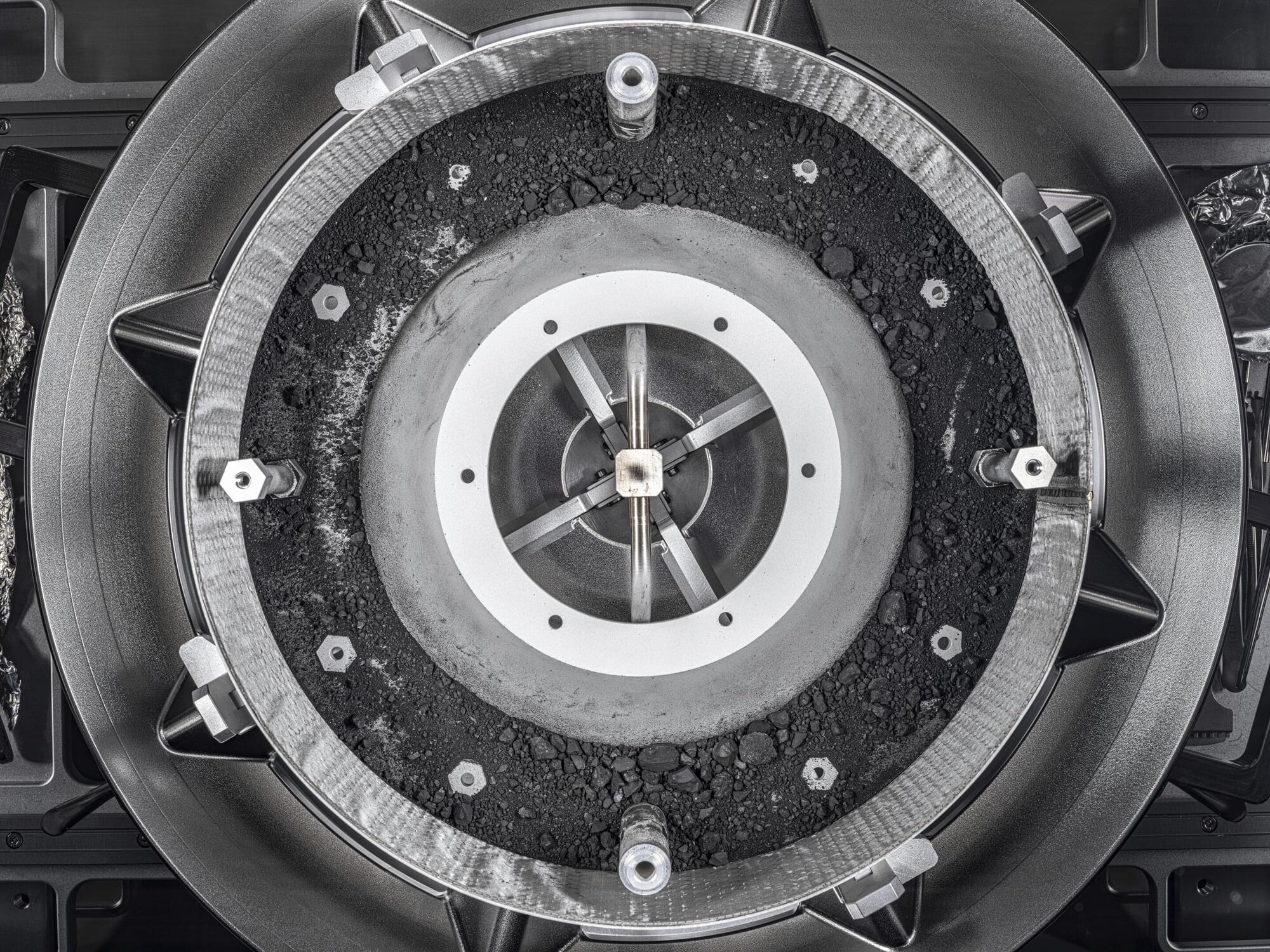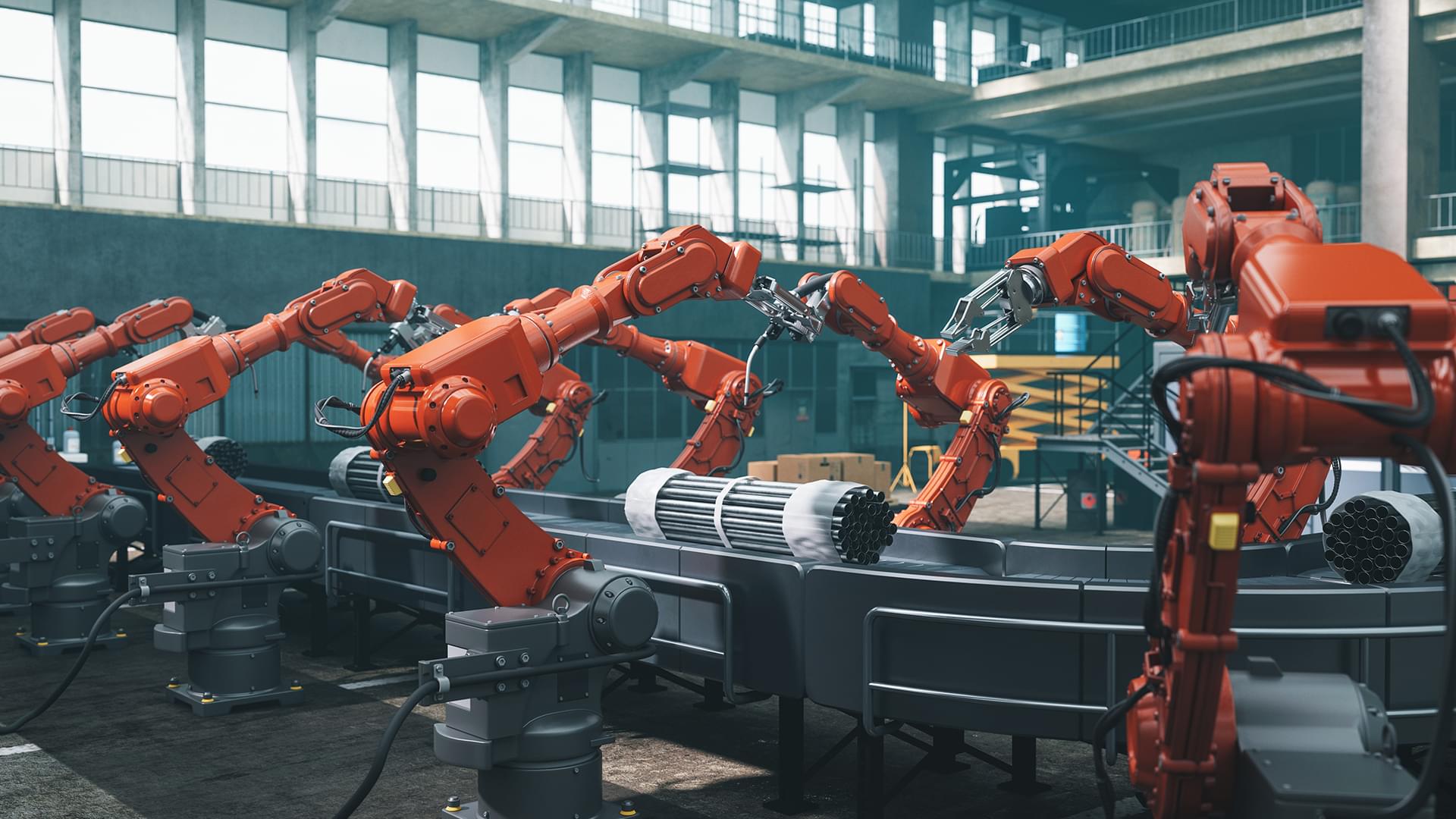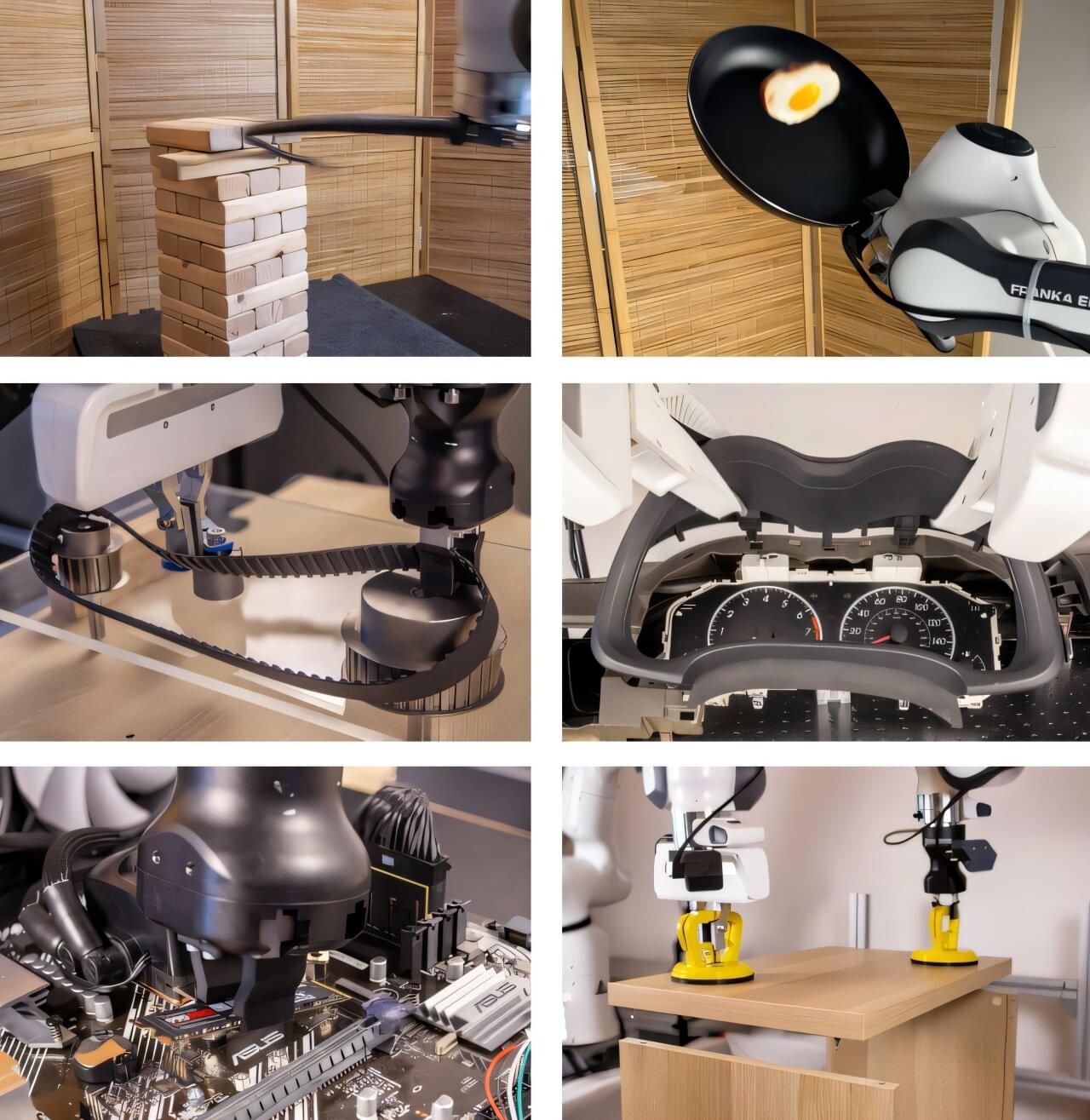Hummingbird flower mites are tiny hitchhikers with an electrifying secret. These minuscule arachnids have developed a remarkable survival strategy.
A new study reveals that the mites use static electricity generated by their hummingbird chauffeurs to leap from one flower to another.
Asteroid samples fetched by NASA hold not only the pristine building blocks for life but also the salty remains of an ancient water world, scientists reported Wednesday.
The findings provide the strongest evidence yet that asteroids may have planted the seeds of life on Earth and that these ingredients were mingling with water almost right from the start.
“That’s the kind of environment that could have been essential to the steps that lead from elements to life,” said the Smithsonian Institution’s Tim McCoy, one of the lead study authors.
Nvidia CEO Jensen Huang has a vision for the future — and some advice for the generations that will have to navigate it.
As robots increasingly handle everyday tasks, skilled engineers and effective strategies become indispensable when malfunctions occur.
At UC Berkeley, researchers in Sergey Levine’s Robotic AI and Learning Lab eyed a table where a tower of 39 Jenga blocks stood perfectly stacked. Then a white-and-black robot, its single limb doubled over like a hunched-over giraffe, zoomed toward the tower, brandishing a black leather whip.
Through what might have seemed to a casual viewer like a miracle of physics, the whip struck in precisely the right spot to send a single block flying out from the stack while the rest of the tower remained structurally sound.
This task, known as “Jenga whipping,” is a hobby pursued by people with the dexterity and reflexes to pull it off. Now, it’s been mastered by robots, thanks to a novel, AI-powered training method.
Bloomberg on the Economic Singularity:
“If AI is about to get much cheaper, the path to an answer on its economic impact is going to get shorter. For workers nervously wondering if large language models will make their skills redundant, a lot is riding on which camp is right.”
For investors in artificial intelligence, the last week delivered a painful shock. The sudden appearance of DeepSeek — a Chinese AI firm boasting a world-class model developed at bargain-basement costs — triggered a massive selloff in Nvidia and other US tech champions.
What matters for the economy, though, is not the ups and downs of stock prices for the Magnificent Seven, but whether AI drives gains in productivity, and how those gains are divided up. For all the excitement, and the trillion-dollar valuations for AI firms, evidence of a boost to productivity remains thin on the ground.









